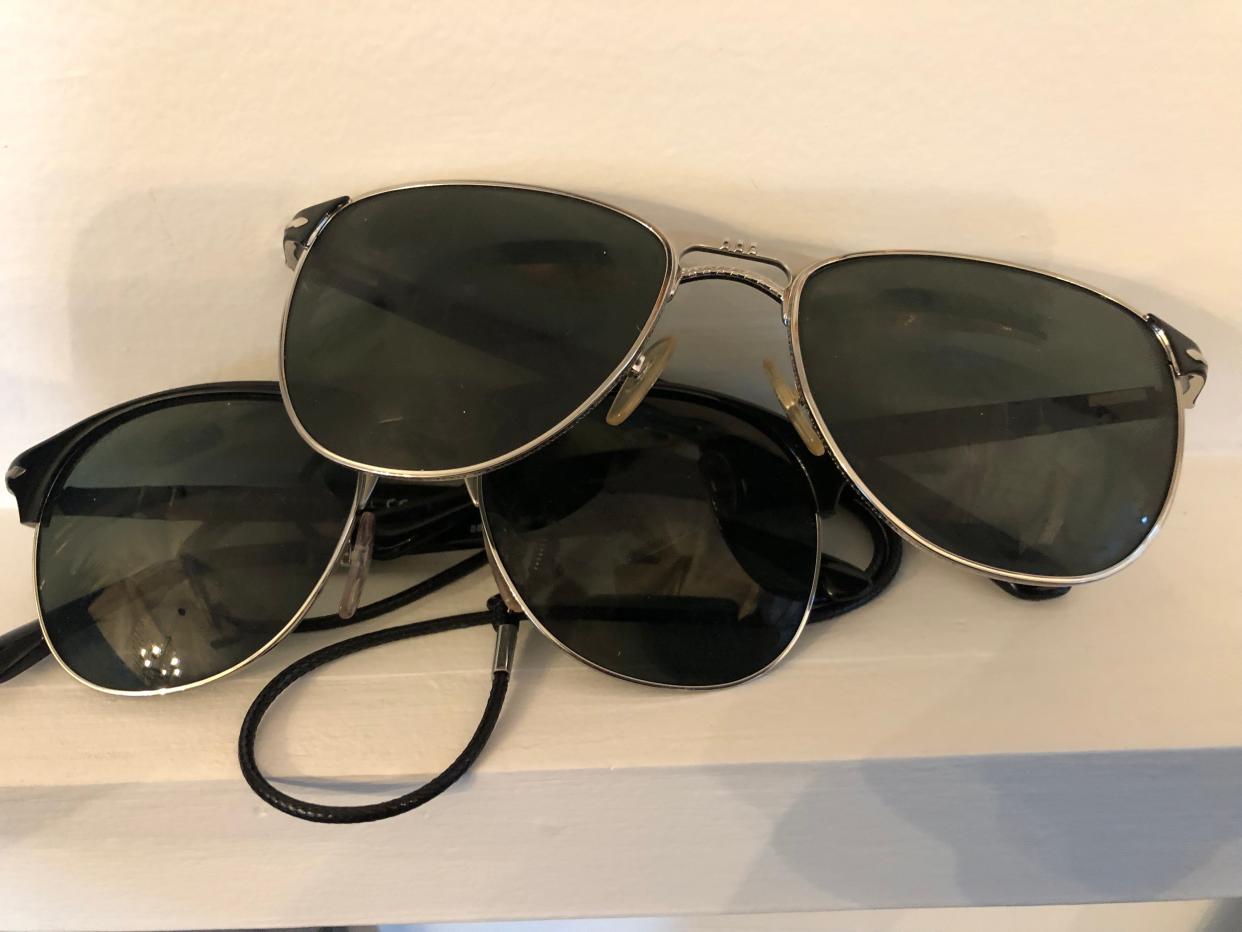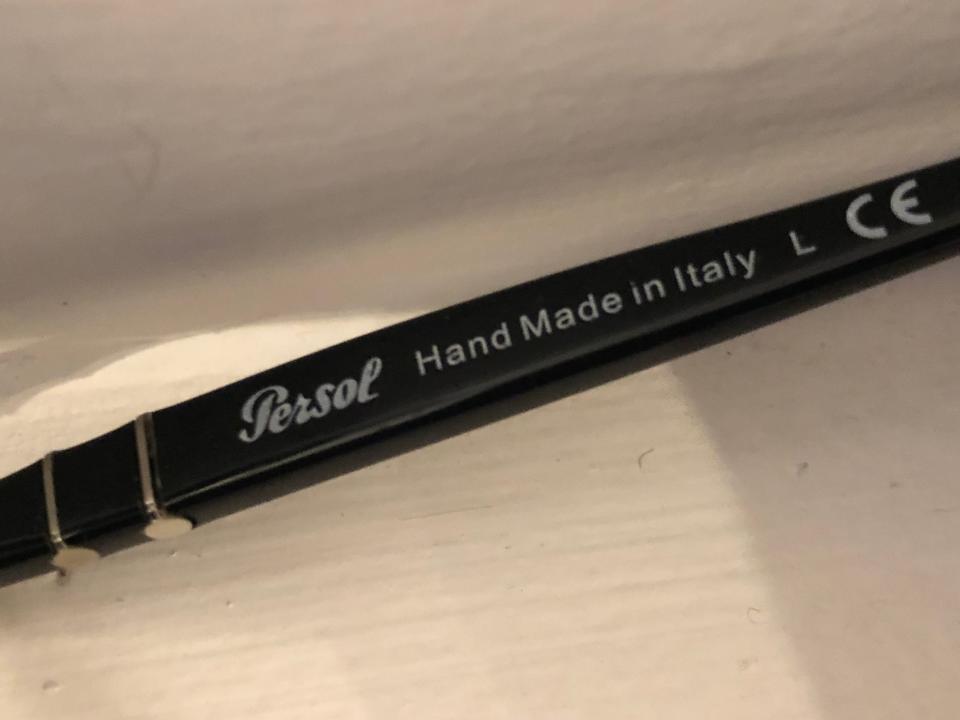Antiques: Cool eyewear, then and now

If you had to name the coolest actor of the last 75 years, who would it be? Surely one nominee would be Steve McQueen. From reform school as a youth to the top of the marquee in later life, he was the epitome of cool. He raced cars, tangled with directors, and, at the age of 29, became a big star when cast by Frank Sinatra in the movie "Never So Few."
When McQueen died in 1980 at the age of 50, Hollywood lost one of its biggest names. Among his many affectations was a preference for Persol sunglasses, a name that still conjures up the McQueen persona. Let's look through the shade and learn more about this particular eyewear brand.
It was 1917, the midst of WWI, and the world was just getting used to the idea of automobiles and airplanes. As we all know today, staring out of windshields at bright skies for long periods can be headache-inducing. While sunglasses of a sort had been around since the mid-18th century, Italian optician Giussepe Ratti was among the first to create high-performance eyewear designed for drivers and pilots.
The name Persol originated from the Italian phrase per il sole ("for the sun"). Beginning in Turin, the first Persols were known as Protectors, and were more goggles than sunglasses with their round edges and elastic headbands. Nonetheless, they were quickly adopted by military pilots and became standard kit for many.

A year after their introduction, Protectors made news by enabling two Italian pilots to fly over Vienna for the first time, and later provided eye protection during Francesco de Pinedo's marathon flight across the Atlantic. In the 1920s, Persol created what became its signature yellow/brown glass made from premium silica, and within a decade, had secured the first of its many international patents. Protectors were complicated to make, requiring more than 40 parts and a like number of assembly steps, but their success was all but assured after the Swiss military adopted their use in 1927 following a rigorous series of tests.
In the decades since, there have been numerous innovations, including the Meflecto flexible stem system as a means of reinforcing frame strength while enabling customized fitting. In the 1930s, the company's Silver Arrow trademark was introduced, the use of which continues to this day. By the 1960s, Persol eyewear was being worn by the likes of Marcello Mastroianni and Steve McQueen in their respective films and had turned up the scenes of all sorts of news-making events. Among the most popular model was the 649, originally developed for Italian tram drivers and later adopted for a variety of applications, including auto racing. The Persol name had become magic.
Much has happened since, including the opening of a Persol boutique in Beverly Hills in 1991 and the firm's subsequent acquisition by eyeware giant Luxottica four years later. The Model 649 remains a big deal, and you can buy them new at prices starting around $200, or buy a used pair at antique galleries like ours for somewhat less.
Today's sunglasses come in a dizzying array of shapes and sizes, but Persols still sit at or near the top of the heap. If no other sense gathers as much information as your eyesight, it certainly makes sense to invest in premium-quality eyewear. Persol is certainly that.
Mike Rivkin and his wife, Linda, are longtime residents of Rancho Mirage. For many years, he was an award-winning catalogue publisher and has authored seven books, along with countless articles. Now, he's the owner of Antique Galleries of Palm Springs. His antiques column appears Sundays in The Desert Sun. Want to send Mike a question about antiques? Drop him a line at info@silverfishpress.com
This article originally appeared on Palm Springs Desert Sun: Antiques: Cool eyewear, then and now

